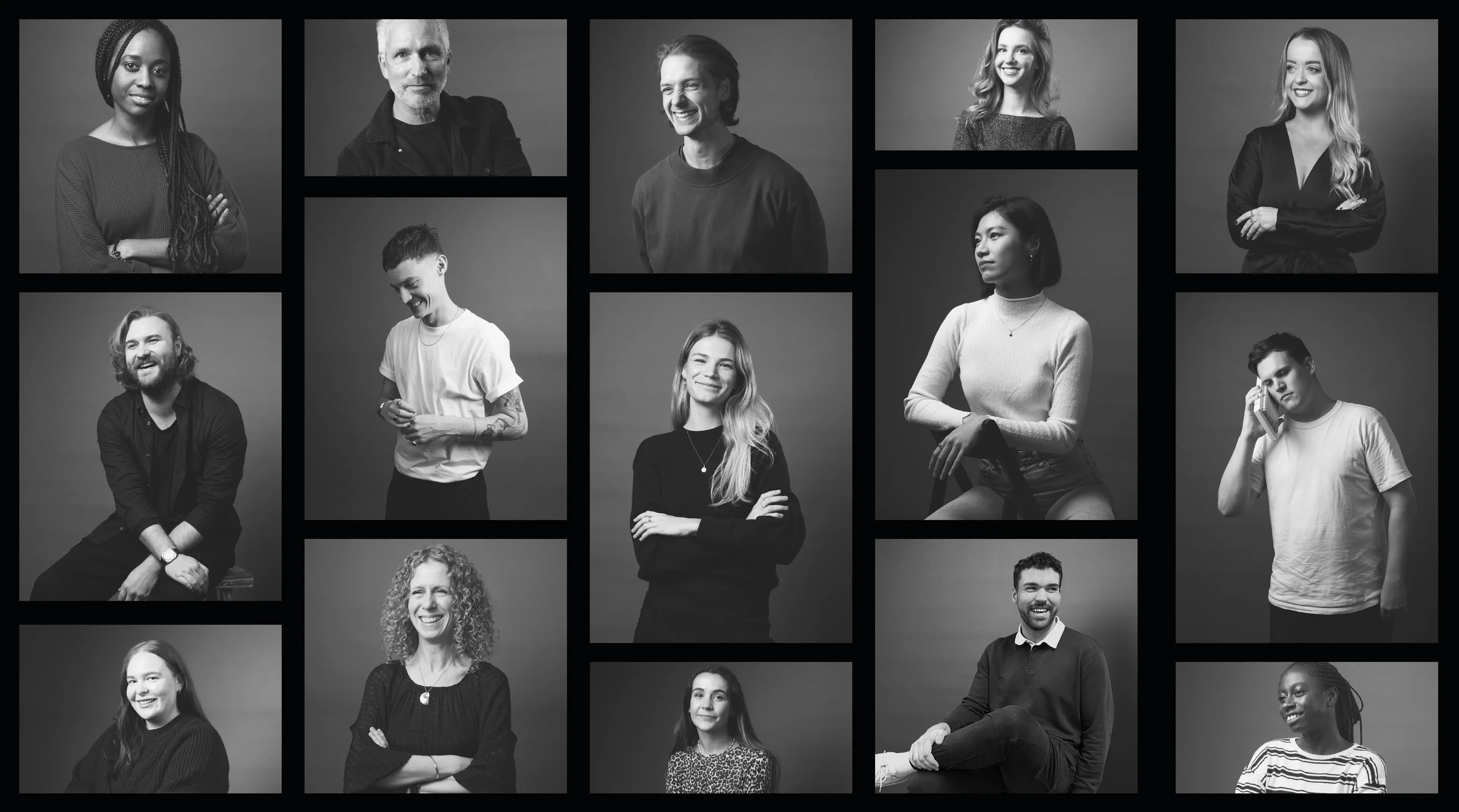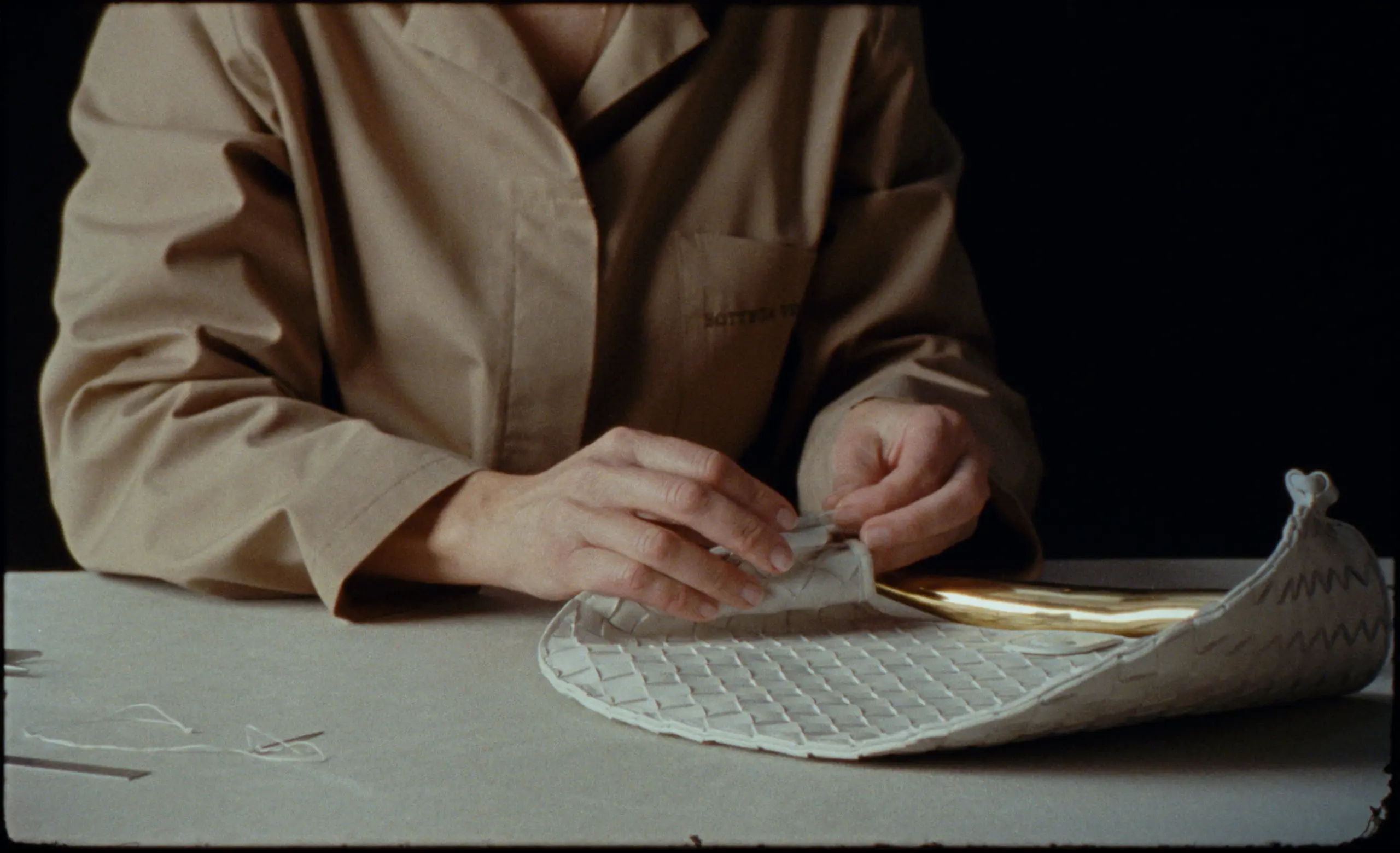
Retail & Luxury Goods
1 Aug 2024
5 Min Read
The Return on Returns: Battling Buyer’s Remorse
Retail returns are a billion-dollar issue, and climbing. Though conversations around curbing them may be stalling in the big boardrooms of the world, handfuls of brands are already making moves towards better models, from battling buyer’s remorse to nix returns altogether, to elongating a product’s lifespan with specialist services. Unpicking the jargon, this is one for the businesses who want to do better, but need a bit of a boost.
Retail & Luxury Goods






